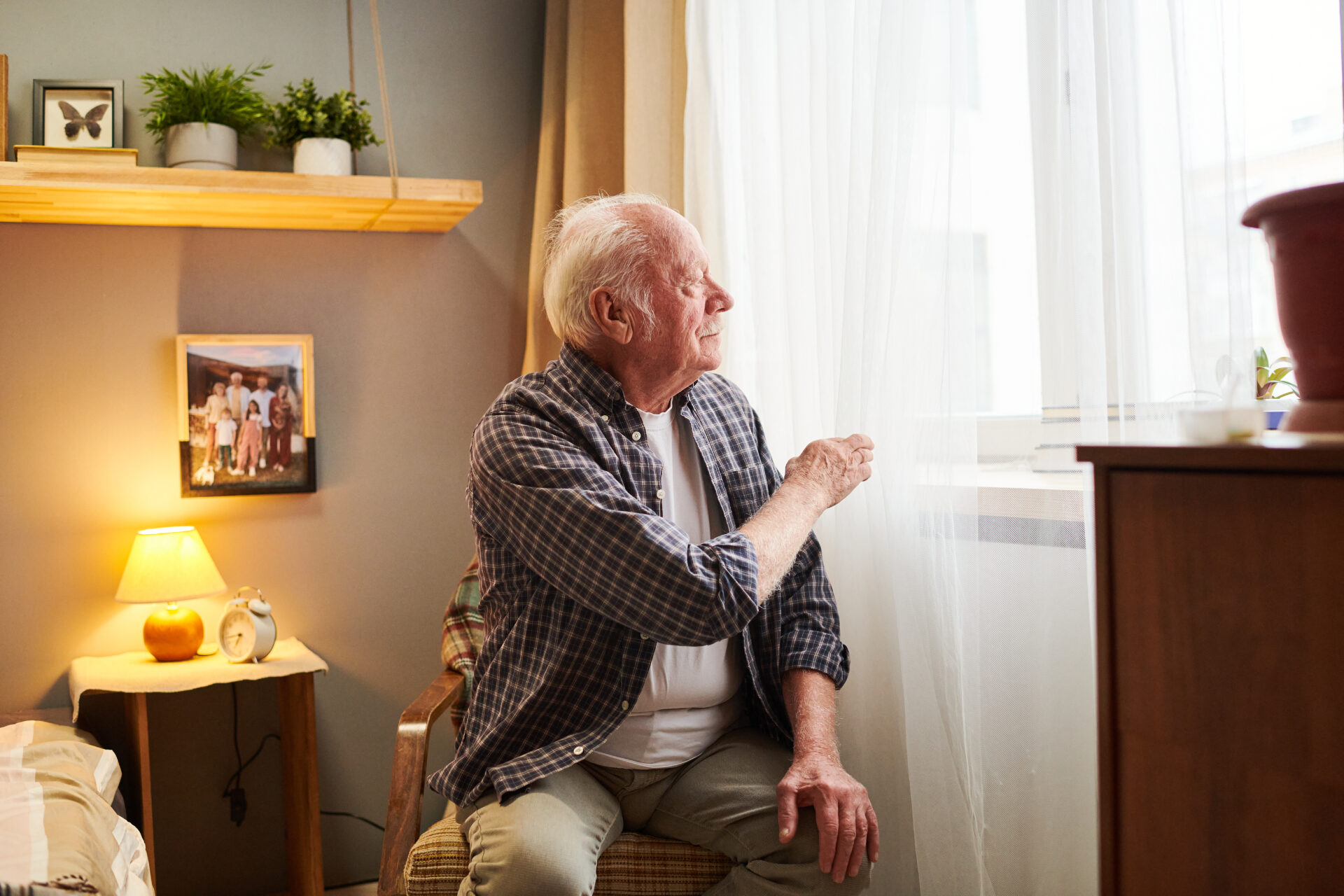The integration of fall detection with step counting technology is revolutionizing how we care for our loved ones, particularly the elderly. As a family caregiver, you understand the importance of ensuring safety and promoting independence. This article delves into how these technologies work, their benefits, and how they are shaping a safer tomorrow for everyone.

The Need for Fall Detection
Falls are a leading cause of injury among older adults. According to the Health in Aging Foundation, about one in four Americans aged 65+ falls each year. This statistic underscores the critical need for effective fall detection systems.
Understanding Step Counting
While step counting might seem like a fitness tool, it is crucial in monitoring overall health. By tracking steps, caregivers can assess the mobility and activity level of their loved ones, providing insights into their well-being.
How Step Counting Works
Step counters use sensors like accelerometers to track movement. These devices are often worn on the wrist or clipped onto clothing, offering real-time data on the number of steps taken throughout the day.
Combining Fall Detection with Step Counting
The synergy of fall detection with step counting creates a comprehensive safety net. This combination not only alerts caregivers to falls but also provides context on the individual’s activity leading up to the incident.
Technological Features
Modern devices use advanced algorithms to distinguish between regular activity and falls. They can send alerts to smartphones, allowing for immediate response and assistance.
Benefits for Family Caregivers
The integration of these technologies offers several benefits for family caregivers, including peace of mind, enhanced safety, and better health tracking.
Peace of Mind
Knowing that there is a system in place to detect falls and monitor activity levels allows caregivers to feel more secure about their loved one’s safety.
Enhanced Safety
Immediate alerts can reduce the time between a fall and help arriving, potentially minimizing the severity of injuries.
Improved Health Tracking
By monitoring daily activity, caregivers can make informed decisions about their loved one’s health needs and adjust care plans accordingly.
Challenges and Considerations
While these technologies offer significant advantages, there are also challenges to consider, such as device accuracy, cost, and user-friendliness.
Accuracy
Ensuring devices accurately differentiate between falls and normal movements is crucial. Manufacturers continually refine algorithms to improve detection rates.
Cost
The cost of these devices can vary, and it’s essential to weigh the benefits against the investment. Some insurance plans may cover part of the expense.
User-Friendliness
Devices should be easy for the elderly to use, with simple interfaces and clear instructions. Training sessions can help users feel comfortable and confident.
Future of Fall Detection and Step Counting
The future looks promising, with advancements in AI and machine learning poised to further refine these technologies, making them even more reliable and accessible.
AI and Machine Learning
As these technologies evolve, they will be able to predict falls before they happen by analyzing patterns in movement data.
Accessibility Improvements
Future devices will likely become more affordable and widely available, ensuring more families can benefit from these lifesaving tools.
Conclusion
The integration of fall detection with step counting represents a significant advancement in elderly care. For family caregivers, these technologies provide a crucial layer of safety and reassurance, empowering them to support their loved ones more effectively.

FAQs
How do fall detection devices work?
Fall detection devices use sensors to monitor movements and detect sudden changes that indicate a fall. They then send alerts to caregivers or emergency services.
Can step counters improve elderly health?
Yes, by tracking activity levels, step counters can help caregivers monitor health and encourage more physical activity, which can improve overall health.
Are these devices covered by insurance?
Some insurance plans may cover these devices. It’s advisable to check with your provider for specific coverage details.
For more information on privacy-friendly fall detection solutions, visit privacy-friendly solutions. Additionally, learn how IoT sensors are transforming everyday living.
This article contains affiliate links. We may earn a commission at no extra cost to you.






